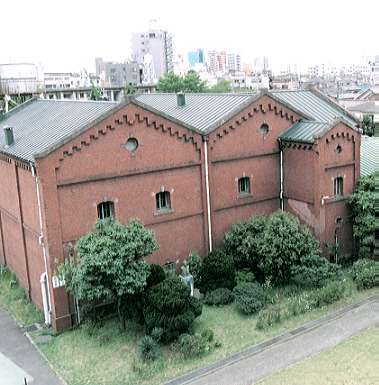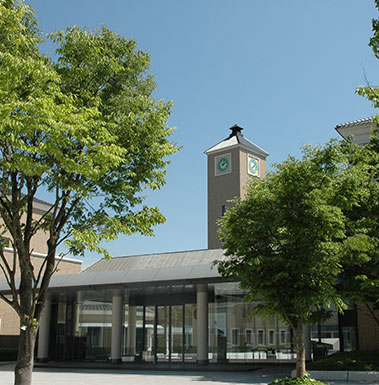History of NRIB
The NRIB was established on May 9, 1904 as a national research organization concerning technology related to alcoholic beverages under the Ministry of Finance in Takinogawa, Kita-ku, Tokyo. Its aim was to conduct scientific research for the improvement and development of production techniques for alcoholic beverages, which at that time, were totally dependent on traditional methods. Since that time, we have been consistently striving for the improvement and development of brewing technologies for alcoholic beverages such as sake through scientific research and the training of professionals nationwide. Particularly in the field of microbiology, including studies on sake yeast and Aspergillus oryzae, NRIB has been a pioneer and leading contributor to the advancement of alcohol-related biotechnology in Japan.
Based on the "Relocation of National Administrative Organizations" policy adopted by the Cabinet in 1988, NRIB commenced activities in Higashihiroshima in July 1995. Moreover, as part of the restructuring of central ministries and agencies, NRIB was reorganized as an independent administrative institution in April 2001.


- 1904
- Established under the Ministry of Finance in Takinogawa, Kita-ku, Tokyo.
- 1905
-
- A training course for the production of alcoholic beverages started.
- Report No. 1 of NRIB was issued.
- 1909
- New methods were developed for sake starter cultures.
- 1911
- The first Japan Sake Awards was held.
- 1946
- Sake yeast Kyokai No. 7 was isolated.
- 1963
- The first lecture meeting took place.
- 1971
- Non-foaming sake yeast was first bred.
- 1975
- The deterioration mechanism of Honkaku Shochu (Japanese distilled liquor) flavor was clarified.
- 1977
- The first Honkaku Shochu Contest was held.
- 1995
- Relocated to Higashihiroshima.
- 2001
- Reorganized as an independent administrative institution.
- 2004
- The 100th anniversary of NRIB was celebrated.
- 2005
- Whole genome analysis of Koji mold was completed by a research consortium.
- 2014
- Our red brick brewery (Tokyo office) was designated as an important cultural property.
- 2015
- Tokyo office was relocated to Higashihirosihima and integrated into Hiroshima office.
